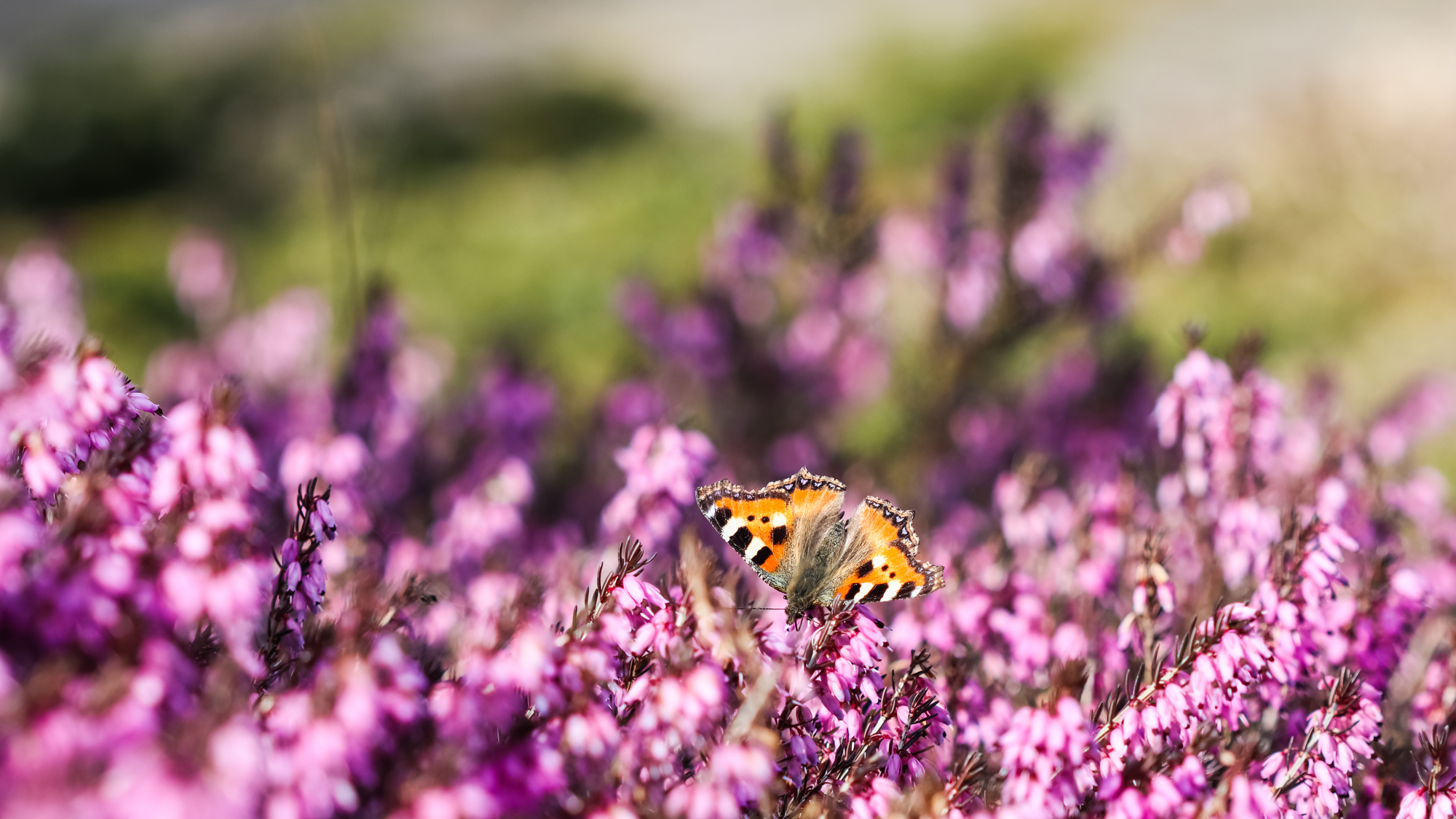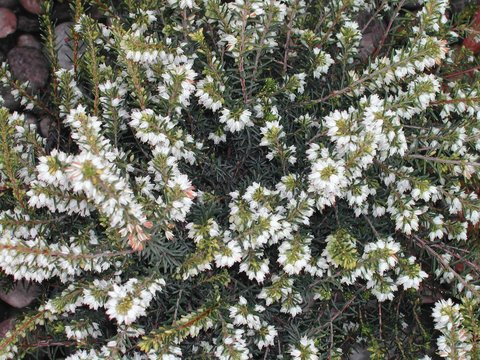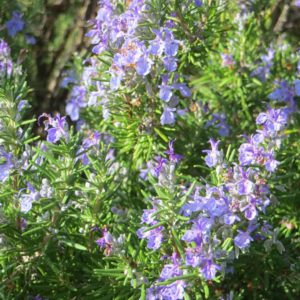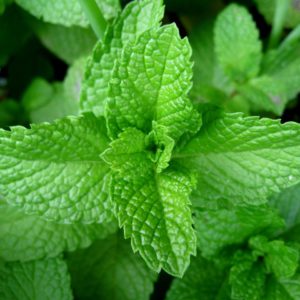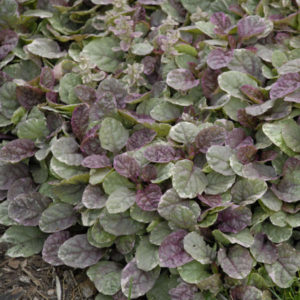Erica Collection (Heather & Heath)
Price range: €5.50 through €10.50
Frequently Bought Together


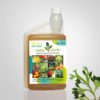
Description
Quick Facts
- Common Name: Heather, Heath, Winter Heath, Tree Heath
- Botanical Name: Erica (various species and cultivars)
- Plant Type: Evergreen shrub
- Mature Height: 15cm-2m (depending on variety)
- Mature Spread: 30cm-75cm (depending on variety)
- Flowering Period: Year-round (different varieties flower at different times)
- Flower Colour: White, pink, red, purple (depending on variety)
- Foliage: Needle-like evergreen foliage in shades of green, gold, bronze, lime
- Hardiness: RHS H5-H6 (hardy throughout UK and Ireland)
- Soil Requirements: Well-drained, acidic soil (most varieties); Erica × darleyensis tolerates neutral to slightly alkaline soil
- Aspect: Full sun to partial shade
- Maintenance: Low
Description
Our Erica Collection includes these exceptional varieties:
Erica arborea ‘Albert’s Gold’ – Stunning tree heath reaching 1.5-2m tall with bright golden-yellow needle-like foliage creating year-round sunshine colour, masses of white honey-scented flowers in spring (March-May) covering the plant in clouds of fragrant blooms, upright pyramidal habit perfect for adding height and structure to borders, and exceptional architectural presence. The golden foliage is most intense in full sun and provides brilliant winter colour. Hardy (RHS H5), thrives in acidic soil, and makes spectacular specimen or backdrop plant.
Erica arborea ‘Estrella Gold’ – Beautiful tree heath reaching 1.5-2m tall with bright lime-gold to golden-yellow foliage creating vibrant year-round colour, masses of white fragrant flowers in spring (March-May) creating spectacular displays, upright habit with excellent branching, and outstanding foliage colour that intensifies in winter. Similar to ‘Albert’s Gold’ but with slightly more lime tones in the gold. Hardy (RHS H5), prefers acidic soil, perfect for adding vertical accent and golden colour.
Erica × darleyensis ‘Kramer’s Red’ – Vigorous winter-flowering heath reaching 30-40cm tall with masses of deep magenta-red to ruby-red flowers from November to April providing spectacular winter colour when few other plants bloom, dark green foliage with bronze tints in winter, spreading habit creating excellent ground cover (50-60cm spread), and exceptional tolerance of neutral to slightly alkaline soils (unlike most heathers). One of the most reliable winter-flowering varieties with profuse long-lasting blooms. Hardy (RHS H6), tolerates lime, perfect for winter colour.
Erica × darleyensis ‘Winter Treasure’ – Compact winter-flowering heath reaching 25-30cm tall with beautiful rose-pink flowers from December to April creating long-lasting winter displays, bright green foliage turning bronze-tinged in cold weather, neat compact habit (40-50cm spread) perfect for small gardens and containers, and excellent tolerance of neutral soils. Reliable and profuse flowering with good weather resistance. Hardy (RHS H6), tolerates lime, ideal for edging and containers.
Erica × darleyensis ‘Mary Helen’ – Vigorous winter-flowering heath reaching 30-40cm tall with masses of deep rose-pink to magenta-pink flowers from November to May providing exceptionally long flowering season (up to 6 months!), dark green foliage with reddish-bronze tints in winter, spreading vigorous habit (60-75cm spread) creating substantial ground cover, and exceptional tolerance of neutral to alkaline soils. One of the longest-flowering heathers available. Hardy (RHS H6), tolerates lime, outstanding for winter colour.
Erica × darleyensis ‘White Perfection’ – Beautiful winter-flowering heath reaching 30-40cm tall with masses of pure white flowers from December to April creating pristine winter displays, bright green foliage remaining fresh year-round, upright compact habit (40-50cm spread), and excellent tolerance of neutral soils. The pure white flowers create stunning contrast against evergreen foliage and are perfect for white garden schemes. Hardy (RHS H6), tolerates lime, ideal for winter purity.
Erica × darleyensis ‘Rubina’ – Vigorous winter-flowering heath reaching 30-40cm tall with masses of deep rose-red to ruby-red flowers from November to April providing spectacular winter colour, dark green foliage with bronze-purple tints in winter creating beautiful contrast with flowers, spreading habit (50-60cm spread), and exceptional tolerance of neutral soils. Flowers darken beautifully as they age. Hardy (RHS H6), tolerates lime, outstanding for winter impact.
Erica calluna vulgaris ‘Garden Girl Trio’ – Charming collection of three Calluna (Scotch Heather) plants in complementary colours, typically featuring pink, white, and purple-flowered varieties, flowering in late summer to autumn (August-November), compact habit (30-40cm tall and spread), and colourful foliage tints in winter. Perfect for instant mixed displays in containers or borders. Requires acidic soil. Hardy (RHS H6), creates instant colour impact.
Erica carnea ‘Foxhollow’ – Stunning winter heath reaching 15-20cm tall grown primarily for its spectacular golden-yellow foliage with orange and red tints in winter creating brilliant year-round colour, pale pink flowers in late winter to spring (February-April), low spreading habit (30-40cm spread) perfect for ground cover, and exceptional foliage colour that intensifies in cold weather. One of the best golden-foliaged heathers. Hardy (RHS H6), tolerates neutral soil, outstanding for foliage colour.
Erica carnea ‘Snow Prince’ – Compact winter heath reaching 15-20cm tall with masses of pure white flowers from January to April creating pristine late-winter displays, bright green foliage, low spreading habit (30-40cm spread), and vigorous growth. Flowers are exceptionally pure white and profuse. Hardy (RHS H6), tolerates neutral soil, perfect for white winter colour.
Erica carnea ‘James Backhouse’ – Beautiful winter heath reaching 20-25cm tall with lovely pale pink flowers fading to white from February to April creating soft romantic displays, bright green foliage, low spreading habit (35-45cm spread), and reliable flowering. The bicolour effect as flowers fade creates beautiful subtle colour. Hardy (RHS H6), tolerates neutral soil, ideal for soft colour schemes.
______________________________________________________________________________________________________________________
Works beautifully in containers and window boxes where the compact habit and year-round interest excel—perfect for winter container displays, combined with dwarf conifers (Juniperus, Chamaecyparis, Pinus mugo) for contrasting texture and form, or underplanted beneath acid-loving shrubs (Rhododendron, Camellia, Pieris) creating layered planting. Also magnificent combined with ornamental grasses (Stipa, Festuca, Molinia) for textural contrast, spring bulbs (dwarf daffodils, crocus, muscari) planted through heather creating layered spring displays, or in wildlife gardens where winter flowers provide essential early nectar. Perfect for adding year-round colour, evergreen structure, and effortless elegance to borders, rock gardens, containers, and anywhere reliable seasonal interest with minimal care is desired.
Caragh Garden Notebook
Planting: Space plants according to variety and purpose—compact varieties (E. carnea, E. × darleyensis) 30-40cm apart for ground cover that will merge within 2-3 years, or taller varieties (E. arborea) 60-75cm apart for individual specimens. Plant container-grown specimens year-round, though spring (March-May) or autumn (September-October) is ideal for best establishment. Choose position in full sun for most prolific flowering and best foliage colour—tolerates partial shade but flowering may be reduced and foliage colours less intense. Thrives in well-drained positions including slopes, raised beds, and rock gardens. Dig planting hole slightly larger than root ball and same depth. CRITICAL: Most Erica species require acidic soil (pH 4.5-6.0)—E. arborea, E. carnea, and Calluna vulgaris all require acidic conditions. EXCEPTION: E. × darleyensis and E. carnea tolerate neutral to slightly alkaline soil (pH 6.0-7.5) making them more versatile. For acid-loving varieties, incorporate ericaceous compost into planting hole if soil is not naturally acidic. Plant at same depth as in container. Backfill with appropriate compost (ericaceous for acid-lovers, regular for lime-tolerant varieties), firming gently. Water thoroughly after planting. Mulch with 3-5cm layer of composted bark, pine needles, or leaf mould to conserve moisture, suppress weeds, and maintain acidic conditions. Water regularly during first growing season to establish root system. Position where year-round colour and evergreen structure can be appreciated.
Container Growing: Excellent for container growing! Use ericaceous (acidic) compost for E. arborea and Calluna varieties, or soil-based compost for lime-tolerant E. × darleyensis and E. carnea varieties. Choose containers with excellent drainage holes. Position in full sun. Water regularly during growing season allowing compost to dry slightly between waterings—avoid overwatering which causes root rot. Feed sparingly with ericaceous fertiliser in spring for acid-loving varieties—avoid overfeeding which causes lush growth. Deadhead winter-flowering varieties after flowering. Perfect for winter container displays, window boxes, and mixed plantings with dwarf conifers and winter pansies.
Seasonal Care: Trim lightly after flowering to maintain compact habit and encourage bushy growth—for winter-flowering varieties (E. × darleyensis, E. carnea), trim in April-May after flowering finishes; for spring-flowering varieties (E. arborea), trim in May-June after flowering; for summer/autumn-flowering varieties (Calluna), trim in March-April before new growth begins. Use shears or hedge trimmers to remove spent flower stems, cutting back to just below old flower heads but avoiding cutting into old bare wood—heathers do not regenerate from old wood, so only trim current season’s growth. This annual trimming keeps plants compact, prevents legginess, and promotes profuse flowering. Apply ericaceous fertiliser in spring for acid-loving varieties, or general-purpose fertiliser for lime-tolerant varieties—feed sparingly as heathers prefer lean conditions. Mulch annually in spring with appropriate organic matter. Water during prolonged drought in first 2-3 years, though established plants are remarkably drought-tolerant. Generally pest and disease free with good drainage and appropriate soil pH. Watch for root rot in waterlogged soils (improve drainage), and chlorosis (yellowing leaves) in acid-loving varieties on alkaline soil (amend soil or choose lime-tolerant varieties). The year-round colour from flowers and foliage is reliably spectacular!
Propagation: Can be propagated from semi-ripe cuttings taken in late summer (July-August)—take 3-5cm cuttings from non-flowering shoots, remove lower leaves, insert into free-draining ericaceous compost, and roots develop within 6-8 weeks. Can also be layered—pin branches to soil and they will root where they touch ground, then separate rooted sections. Home gardeners can propagate successfully, though nursery-grown specimens provide more immediate impact.
**This spectacular collection is absolutely breathtaking—year-round colour and interest from one of the most versatile plant groups! Winter-flowering varieties provide masses of flowers from November to April when few other plants bloom—essential winter colour and early nectar for pollinators! Spring-flowering tree heaths offer golden foliage year-round plus fragrant white flowersErica Collection (Heather & Heath)

